Case Studies
our investigations
Lihir Gold Project, PNG for Newcrest Mining Limited
(2003 to present)

Multi-faceted marine investigations focused on establishing the impacts of deep-sea tailing placement (DSTP), which include;
- Detailed assessment of waste rock disposal options.
- Coordinator of marine investigations for a project expansion EIS.
- Long-term management, servicing and data processing of a deep ocean recording network including ADCP and sediment trap instrumentation.
- Formulation and management of several campaigns of sampling (by box core) of the sea bed to depths of 2,500 m, for physical, geochemical and biological analysis. From 2003 to the present time more than 80 box cores have been collected.
- Identification of subsurface plumes using a combination real-time acoustic (ADCP) and optical techniques, to enable the targeted sampling of the plumes for geochemical assessment.
- Dispersion modelling of potential scenarios of the marine discharge of geothermal and power station cooling water.
- Hydrodynamic modelling of the DSTP discharge to examine the relationship of outfall depth to subsurface plume formation.
- Scoping and supervision of several deep-water multi-beam echo-sounding surveys to provide high resolution bathymetric data.
- Acoustic seabed classification and mapping of the seabed to define the depositional footprint of tailing and waste rock.
Waisoi Copper Project, Fiji, for Coffey
(2015 to present)
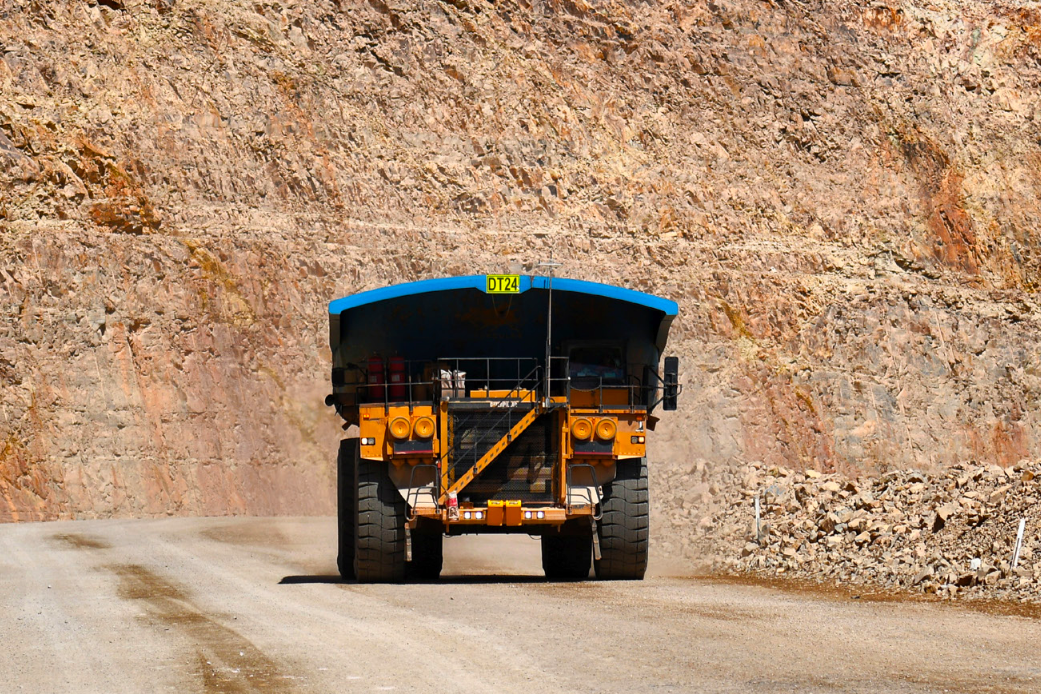
This is an ongoing review of fluvial sediment transport from the project area, and prediction of likely downstream impacts which commenced in 2015
Ramu Nickel Project, PNG for Ramu Nickel Mining Limited
(2007 to the 2014)
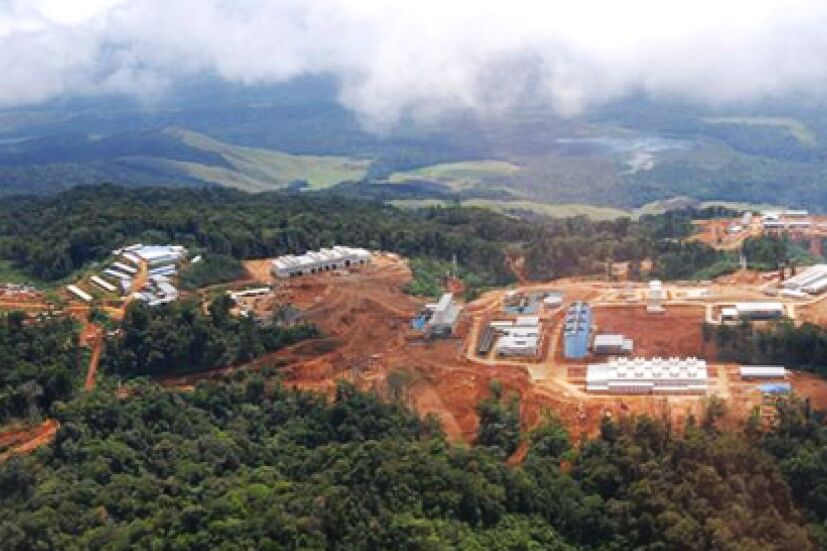
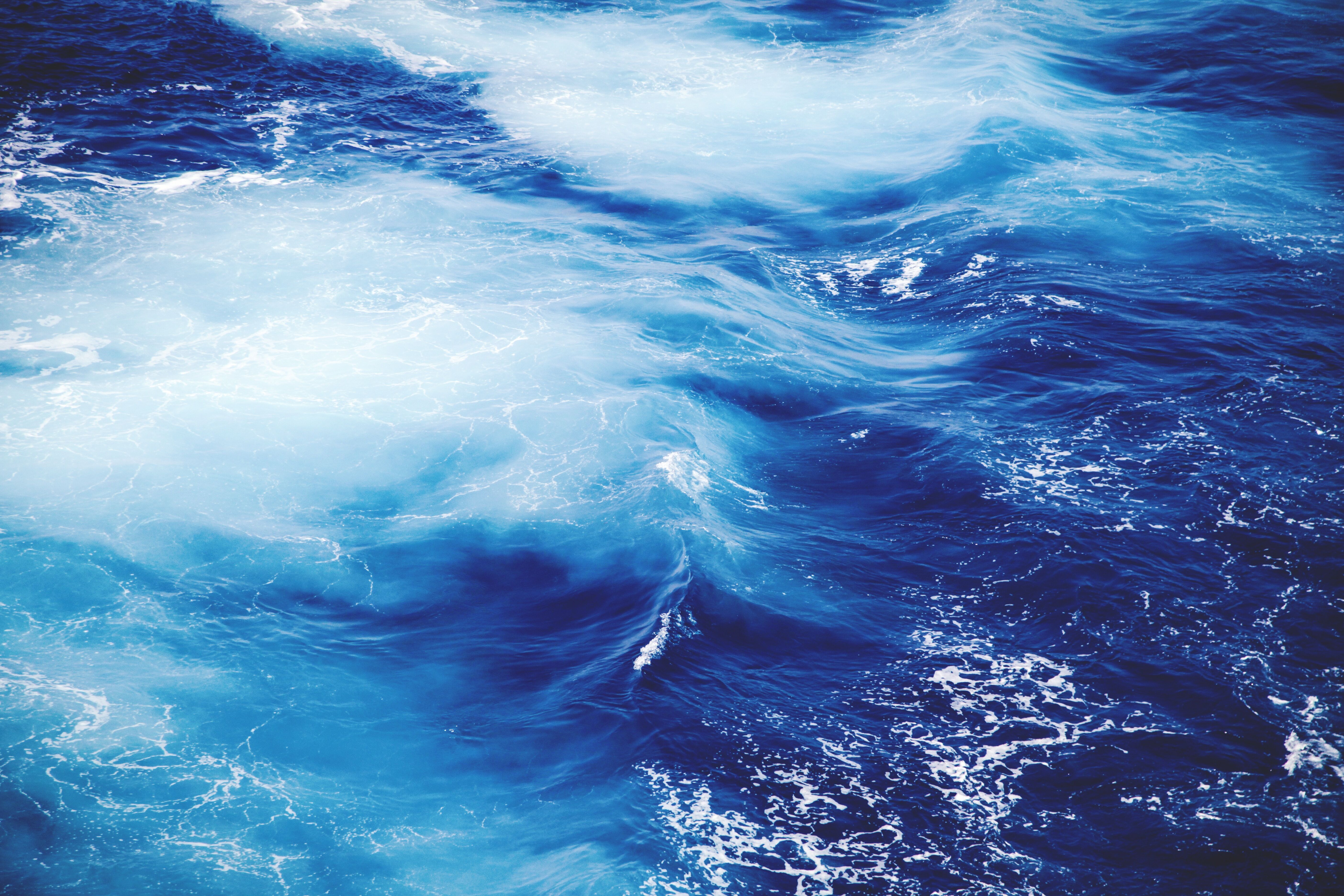
This was a long term contract spanning seven years and included investigations on:
- Deep ocean baseline data collection prior to the commencement of operations including DSTP, involving CTD and turbidity profiling to allow targeted sampling of subsurface plumes and the collection of deep ocean seabed sediments.
- Deep ocean monitoring of DSTP during 2013, including the collection of box core samples for geochemical and biological assessment, subsurface plume sampling for geochemical assessment, and acoustic seabed classification to map the distribution of tailing deposits on the seabed
Project based Sediment testing programs
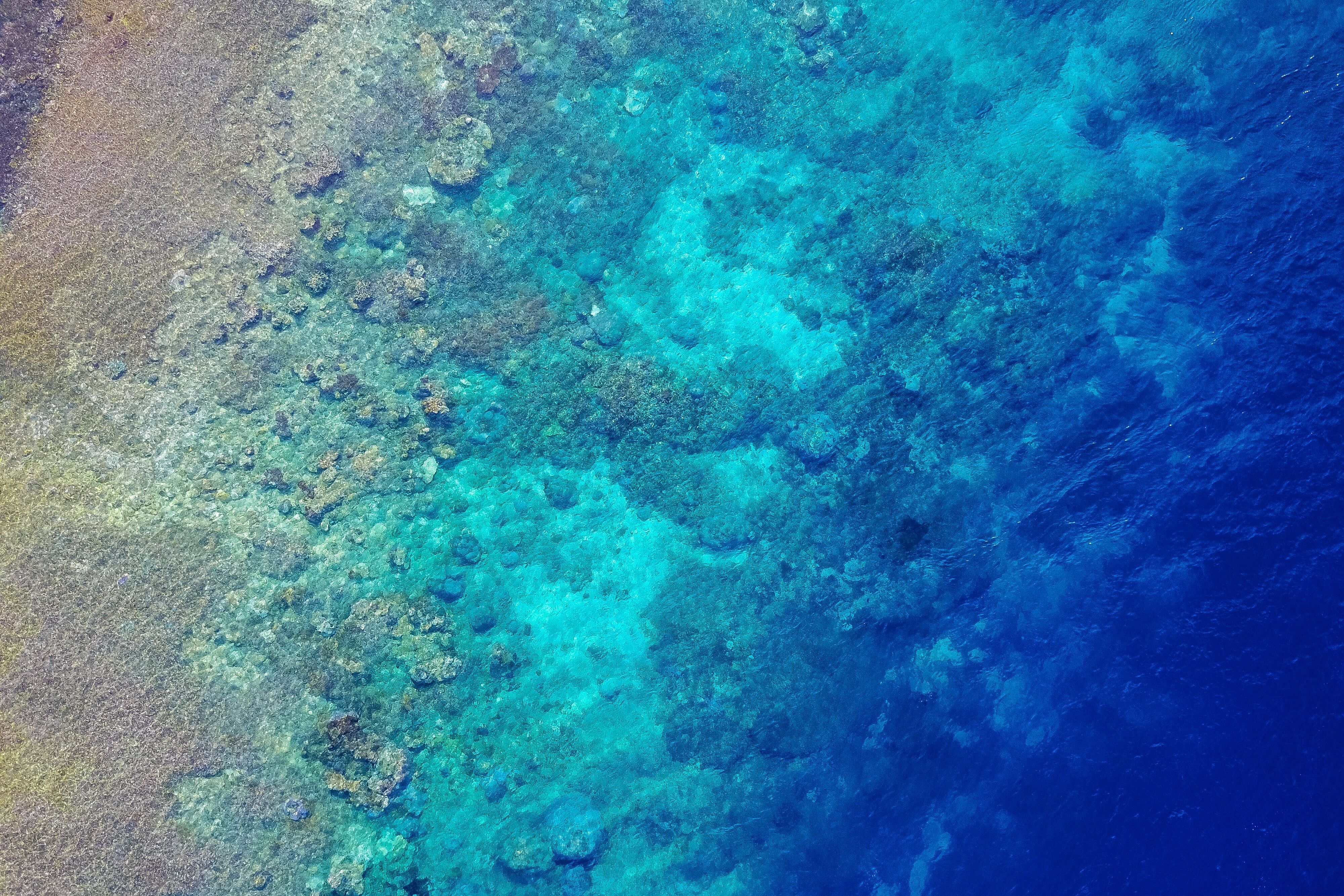
These have been provided for a variety of coastal mining projects in PNG (Woodlark, Yandera, Lihir, Wafi-Golpu). Investigations included:
- ·Supervision and interpretation of analytical test work to examine the settling and depositional behaviour of sediment, including tailing solids, in the ocean.
- The test work includes the measurement of current speeds required to resuspend consolidated sediment, the rate of flocculation formation, the size distribution with and without floc formation, and settling velocities.
Acoustic Seabed Classification
(2004 to present)

Acoustic seabed classification of the seabed at a number of DSTP locations, to assist in discriminating and mapping of tailing deposits. Both single beam and multibeam echo sounder techniques have been in used in water depths ranging from shallows to in excess of 2,500 metres.
Wafi-Golpu Copper Project, PNG for Wafi Golpu Joint Venture
(2012 to present)
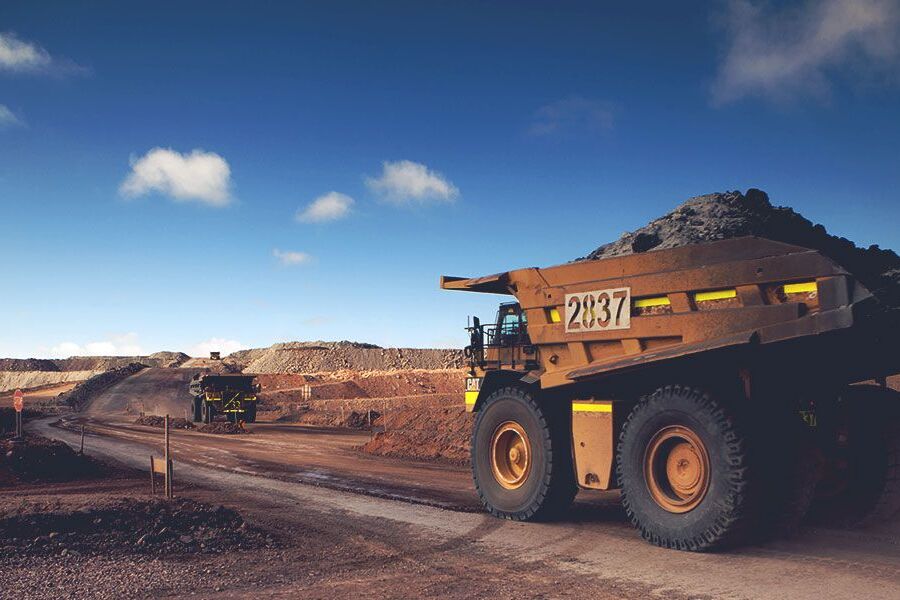
- Port site investigations including ADCP current velocity transects, CTD profiling and grab sampling of the seabed. Also, the formulation and supervision of multi-beam echo sounding and geophysical investigations.
- Review of the regional oceanography and sedimentology of the Huon Gulf region of the north coast of PNG.
- Provision of data and supervision for the development of a 3-D hydrodynamic model to simulate potential project waste disposal strategies.
- Lead consultant on oceanographic studies associated with the provision of pre-engineering PFS studies and EIS inputs for the assessment of DSTP as a viable tailing management system for the Wafi-Golpu project
Hidden-Valley Gold Mine, PNG for MMJV
(2009 to present)
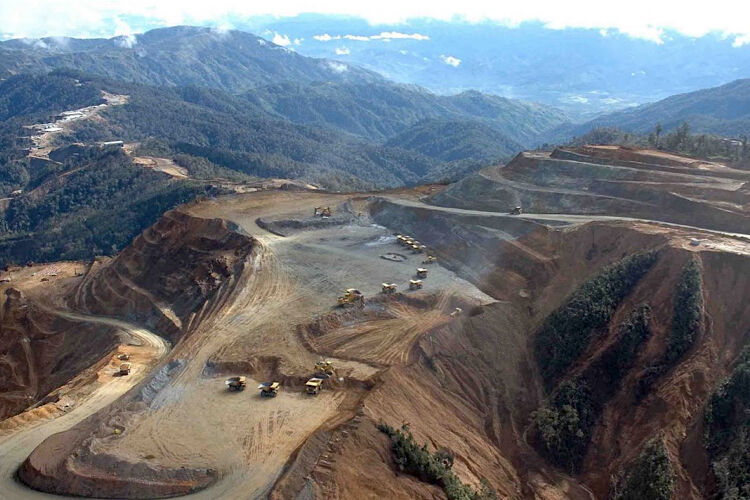
- Planning and implementation of a monitoring network in the Watut-Markham catchment downstream of the project, to monitor long-term changes to sedimentation and water quality
- Installation of 9 monitoring stations to continuously measure flow, suspended sediment load and pH, with near real-time satellite telemetry of data.
- Measurement of time-series of long-profile and cross-sectional changes to the river channel and floodplain from 2009 to the present time, to monitor long-term topographical variability and change.
- Lead manager for the development of the Hidden Valley Rehabilitation and Mine Closure Plan.
Simberi Gold Mine, PNG for Simberi Gold Company
(2015 to present)
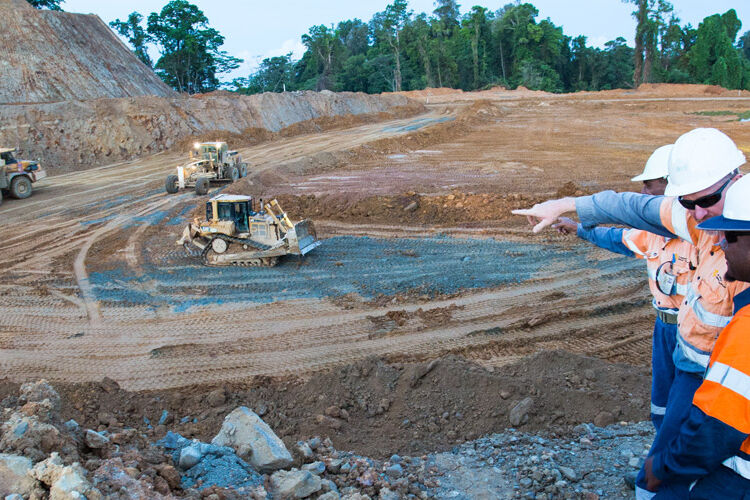
- Assessment of sediment transport, fluvial geomorphology and marine impacts associated with the mines failing waste rock dumps.
- Mine closure planning.
Alacer Gold Corporation – Copler Turkey
(2015 to present)
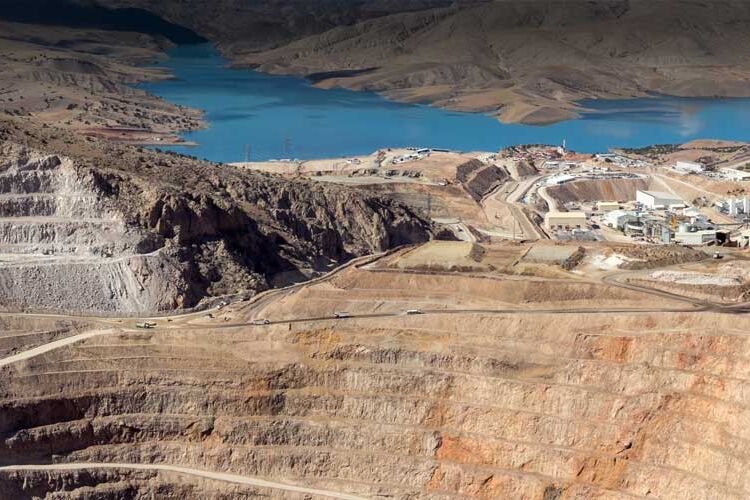
- Review of IFC Environment and Community obligations for associated with IFC Project funding requirements.
- Due diligence support for M&A activities
Rio Tinto Technical Evaluation Group
(2015 to present)
Strategic technical review of a number of investment opportunities for Rio Tinto in across various international jurisdictions
Goldfields Australia
(2015)
Technical and strategic due diligence support for M&A activities
Other Experience
Oceania Sciences Group has also been involved in and acting as a Senior Community Relations Specialist for over forty years in both Government and Industry, (specifically for the mining sector), in Papua New Guinea, Indonesia, Australia and West Africa. We work as both a field-based practitioner as well as at the corporate level providing policy guidance and advice to executive management, and hands on support and guidance to project management and local teams.
Oceania Sciences Group are an experienced team with over forty years of hands on experience dealing with complex community situations generated by the social and economic impacts of development in remote areas. The company contributes to mutually beneficial outcomes based on fact-based analysis and respectful community engagement principles in the challenging social and political environments that face resource companies today
